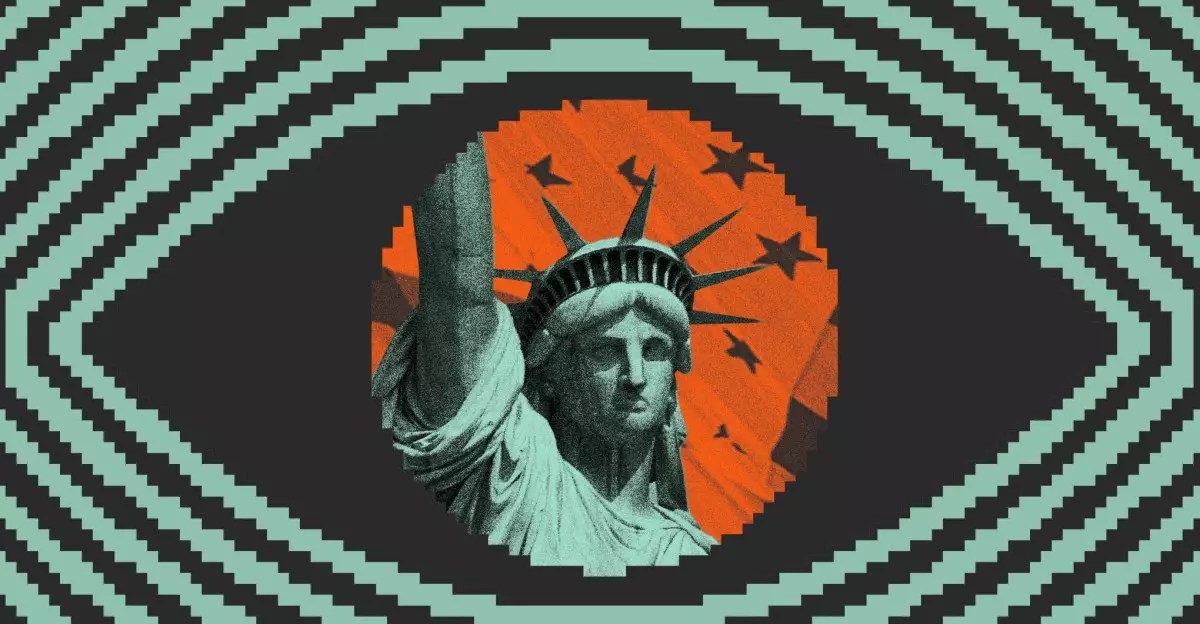In an era where technology increasingly infiltrates our daily lives, the integration of social platforms with emergency response systems signals a pivotal shift in urban safety strategies. New York City’s recent alliance with Citizen embodies this evolution, promising to reframe how citizens and authorities collaborate during crises. While on the surface, this partnership appears to foster rapid communication and community vigilance, it raises profound questions about privacy, accountability, and the societal impact of surveillance culture. By critically examining this initiative, it becomes clear that its true potential depends not only on technological innovation but also on ethical mindfulness and public trust.
The city’s decision to utilize Citizen as a conduit for real-time alerts signifies an acknowledgment of the digital age’s power. Residents will now receive location-based notifications concerning safety incidents, weather anomalies, or other major events directly on their smartphones. This targeted approach can undoubtedly enhance community awareness, potentially reducing response times and saving lives. Yet, the reliance on a private social media platform to disseminate vital information exposes vulnerabilities. Questions of data control, misinformation, and the platform’s transparency inevitably surface, especially as authorities gain access to user-submitted videos and data.
Moreover, the legislative and ethical framework underpinning such exchanges warrants scrutiny. Citizens maintain the right to opt out of sharing videos, but the caveat is that all posted footage remains public and downloadable. This model inadvertently normalizes a landscape where individual privacy is secondary to collective safety. For marginalized communities, where concerns about surveillance and law enforcement overreach are already heightened, this partnership risks deepening mistrust. The danger lies in blurring the line between community safety and intrusive monitoring, fostering an environment where citizens feel constantly watched without clear boundaries or oversight.
Power Dynamics and Ethical Quandaries: Who Holds the Reconnaissance?
The collaboration with Citizen is intertwined with advanced law enforcement tools from companies like Axon and Ring, which enable police and emergency agencies to access user videos swiftly. This integration signals a move toward a surveillance infrastructure that expands beyond traditional policing to encompass everyday citizens’ digital footprints. While these capabilities can be instrumental during crises, they also invite fears about preemptive monitoring, profiling, and potential misuse of data.
The risk of vigilantism looms, especially considering Citizen’s controversial past. The app’s early days were marred by accusations of promoting unauthorized surveillance and fostering a culture of fear — with instances where users attempted to track suspects without law enforcement oversight. The line between community assistance and community policing becomes hazy when ordinary citizens, armed with smartphones, participate in monitoring and reporting potential threats. This citizen-led surveillance paradigm can inadvertently lead to false accusations, racial profiling, and heightened community tensions.
Furthermore, giving law enforcement “real-time” access complicates notions of accountability. When police can review videos instantly, it might streamline investigations but also raises concerns about warrantless searches and the erosion of privacy protections. It raises the question of whether technological advancements are genuinely serving justice or simply expanding the reach of surveillance unchecked. Balancing the preventive benefits against civil liberties is an ongoing ethical dilemma that policymakers must address with transparency and public engagement.
Community Engagement or Digital Overreach?
The core of this partnership hinges on the promise of fostering safer communities, but does it truly do so, or does it subtly shift power dynamics? While residents can report incidents and share footage, the omnipresence of cameras and alerts serves as a constant reminder of surveillance — a phenomenon that can have adverse effects on societal trust and innocence.
From a pragmatic standpoint, the system is only as effective as community participation allows. If skepticism or fear discourages residents from utilizing such tools, the initiative may falter. Conversely, widespread adoption paired with vigilant oversight could empower communities to become active partners in safety. However, developing this trust requires transparent communication about how data is collected, stored, and used, along with strict safeguards against abuse.
Looking ahead, the question remains: Are initiatives like this a visionary step toward smarter cities, or are they symptomatic of a creeping surveillance society where personal freedoms are increasingly compromised for the illusion of security? Striking a balance requires not only technological safeguards but also a moral vision rooted in respecting individual rights and promoting equitable treatment across all communities. The potential to enhance urban safety is significant, but only if it is pursued with a critical eye on ethics, privacy, and the societal implications of constant monitoring.


Leave a Reply